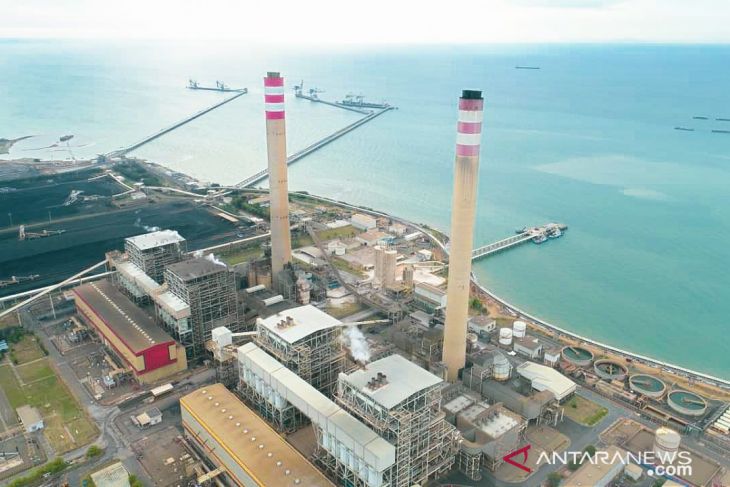Source from Antara News
Original News HERE

The Energy and Mineral Resources (ESDM) Ministry has initiated the cap and trade carbon system within the electric subsector to lower greenhouse gas emissions arising from electric steam power plants.
“This move aims to support the target to reduce carbon or greenhouse gas emissions within the energy sector by 314-398 million tons in 2030,” Director General of Electricity from the Ministry Rida Mulyana noted in a statement quoted here on Saturday.
The carbon trial will apply the cap, trade, and offset principle, wherein limitation is imposed on carbon emissions produced by each coal-fired power plant, he remarked.
Entities that emit more than the established cap are obligated to purchase an emission permit from entities that emit below the cap or purchase an emission reduction certificate, he expounded.
“If the entity cannot purchase an emission permit or reduction certification for emission above the cap, then a carbon tax will be imposed on the rest of the emission,” he elaborated.
Development of electricity in future, especially in terms of power plants, will progressively shift toward the use of eco-friendly resources and technology, the director general stated.
This is being conducted, as state-owned electric company PT PLN (Persero) and the government are making a move toward carbon neutrality.
Several efforts have been undertaken to reduce greenhouse gas emissions and support the renewable energy mix target, Mulyana noted.
These efforts comprise the use of biomass co-firing technology in electric steam power plants owned by PLN, the conversion of diesel-based power plants to renewable power plants, and conducting energy efficiency and conservation, he stated.
Biomass co-firing technology is applied with the average portion of 10 percent for power plants in Java-Bali and 20 percent for power plants outside Java-Bali, with a capacity factor of 70 percent, he remarked.
This is being carried out to achieve the target of 23 percent of the renewable energy mix by 2025.

































